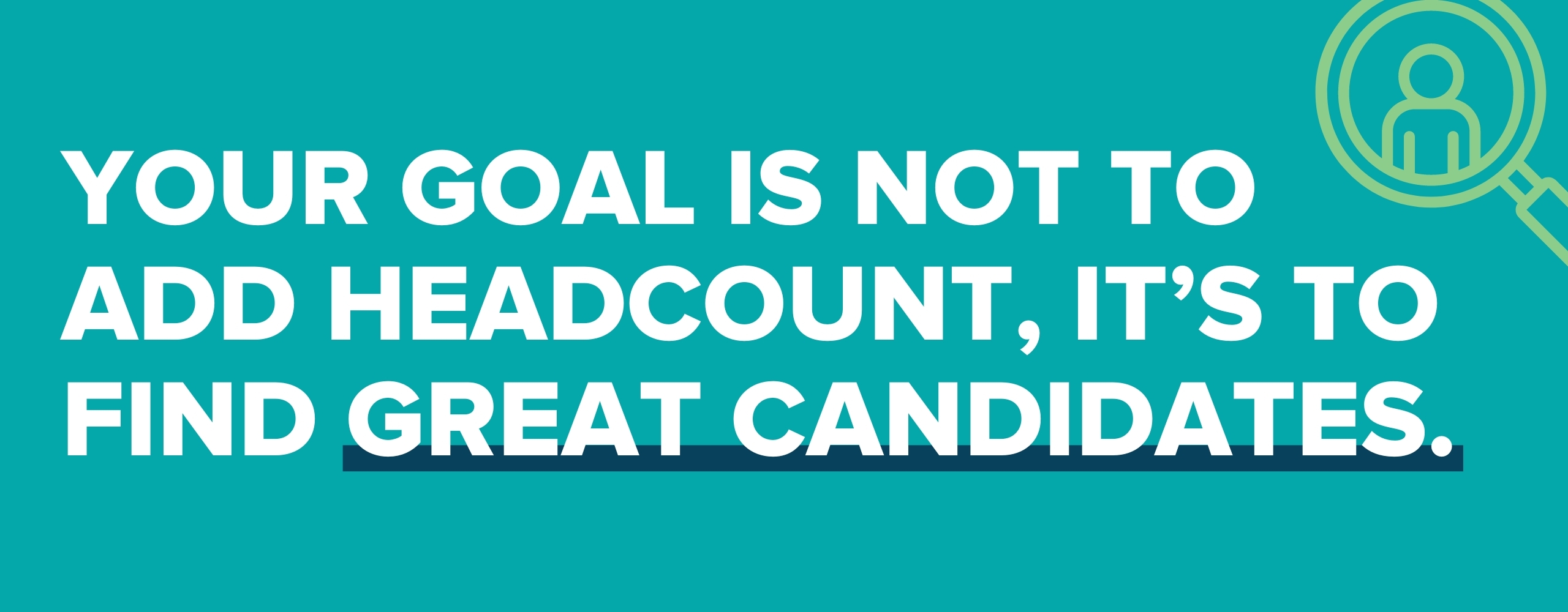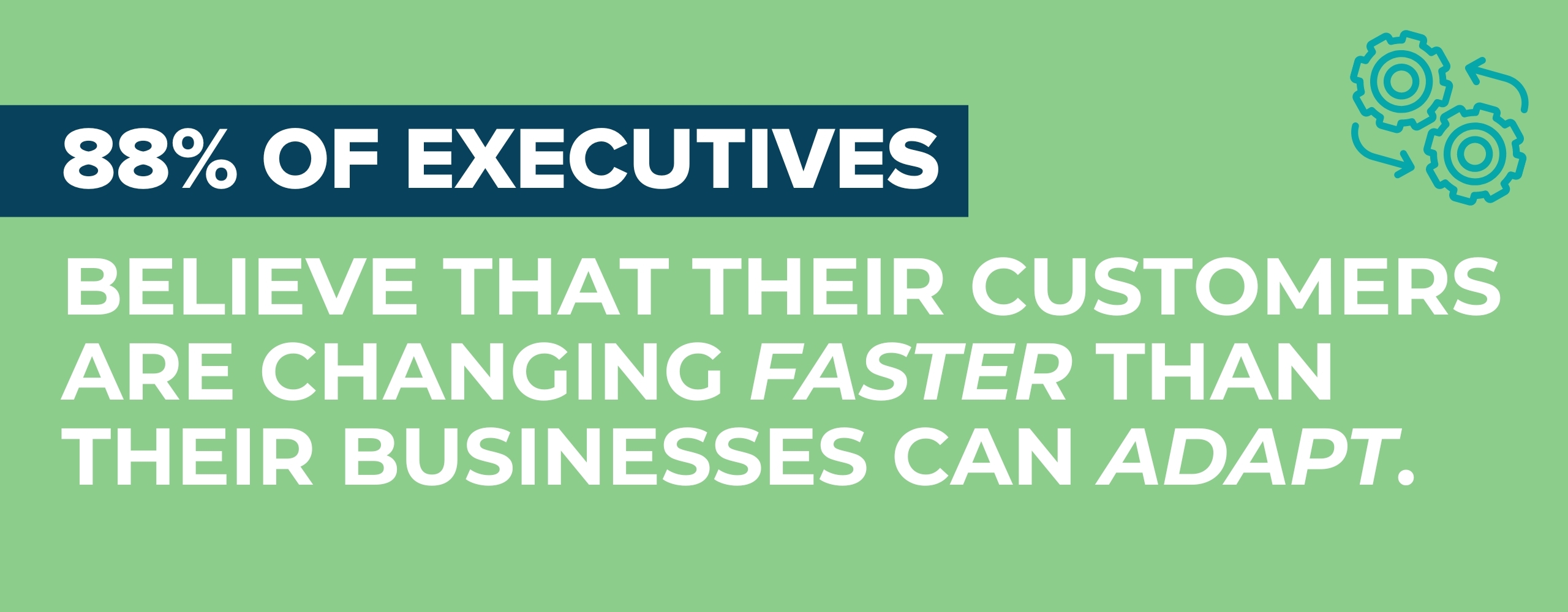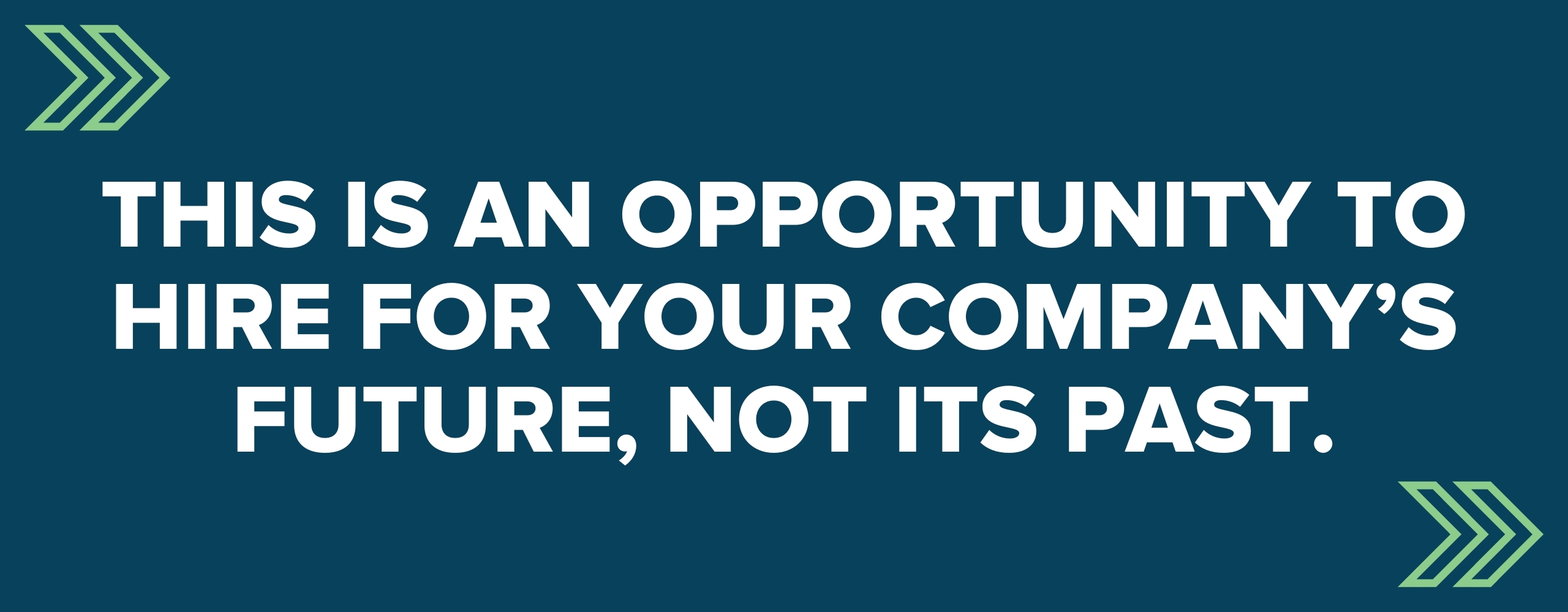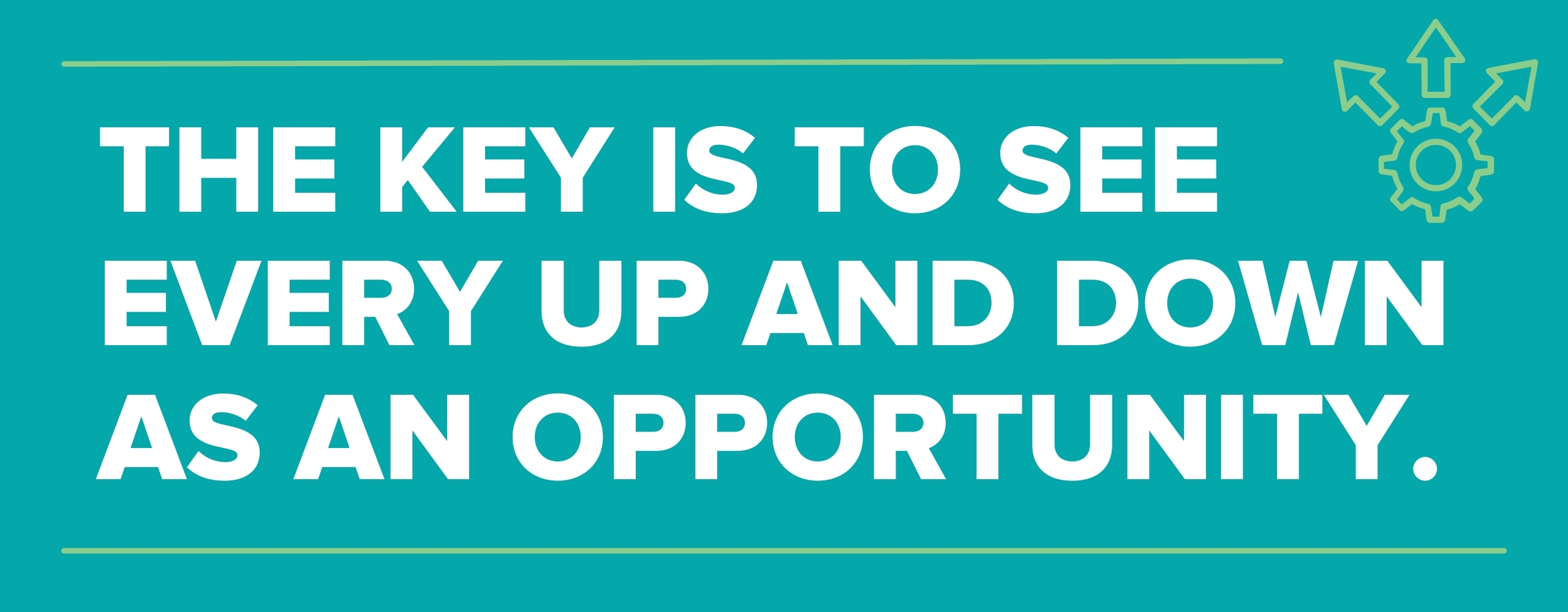Subscribe now and get the latest podcast releases delivered straight to your inbox.
When the economy shrinks and demand dries up, companies often feel obligated to trim their staff. While it’s painful, it’s a natural part of the economic cycle of any organization.
According to TechCrunch: The tech layoff wave is still going strong in 2024. Following significant workforce reductions in 2022 and 2023, this year [2024] has more than 130,000 job cuts across 457 companies.
While layoffs are more commonplace (and more accepted) in some industries than others during these times, the process is never a pleasant one. But sometimes layoffs are a must to stay profitable — or even stay afloat.
The opposite is also true, however. When the economy is hot and demand is high, teams are going to staff up.
For business leaders, staffing up after a recession comes with its own challenges.
If you’re in this boat — planning to hire back after layoffs — you want to be sure you get this right. Below, I’ll explain how I recommend you proceed.
When it’s time to hire for your future
For many businesses coming out of a recession or downturn, they fall into one of two camps:
The first wants to scale back up to their previous strength, so they jump at the chance of filling the positions they lost.
The others take the opposite approach — sort of a once-bitten, twice-shy mindset.
After the experience of having to cut staff once, they’re hesitant to hire, fearing that they might have to go through the whole thing again if they add headcount too quickly.

For me, hiring decisions are always a balance of data and intuition. So my advice to you is this: Hire smart. Your goal is not to add headcount, it’s to find great candidates.
Bill Gates famously said that a great writer of software code is worth 10,000 times the price of an average software writer.
For whatever role you’re hiring for, the great candidate will deliver way more value than the average candidate.
If you’re looking to hire and can’t find someone great, don’t fill the role until you find the right person. Or, if you’ve got a pipeline full of exceptional applicants, maybe hire more than one if your budget and forecast allow it.
With any new hire, you’ve got a chance to raise the overall ability of your team, but if you bring on the wrong person because you jumped the gun, you could be kicking yourself for years.
Post-recession hiring is your chance to find that all-star.
Don’t hire for what you lost; hire for the future
According to research from Accenture, 88% of executives believe that their customers are changing faster than their businesses can adapt.

This reflects the crisis that companies of all kinds are facing: Not effectively adapting to a changing marketplace.
Judging by the statistic above, your company might be in need of change. Although layoffs are never easy, there can be a silver lining. Maybe the staff you employed a few years ago doesn’t really fit your needs today — let alone your needs a few years from now.
For example, it’s easy to just want to hire back to fill the roles you lost: You had to cut three sales rep jobs? Now it’s time to hire three new sales reps.
However, I urge you to avoid that kind of knee-jerk reaction.
This is an opportunity to hire for your company’s future, not its past.
First, figure out how you’re bringing in revenue
Recently I compiled a big spreadsheet of every deal IMPACT had closed in the last six months. I listed each customer, what they bought, how they heard of us, how long they took to close, and about a half-dozen other pieces of information.

Ahead of our quarterly planning session, I asked all our company leaders and managers to study the spreadsheet. Then, at the planning session, I split them into groups and asked them what we needed to do to close more business. Imagine a Stop/Start/Keep brainstorming session.
By focusing only on the past six months, we eliminated historical bias and outdated approaches. We came up with a list of marketing and sales priorities based on the way our most recent customers were buying from us.
You should do the same.
Before you jump back in and hire the exact roles you lost, look closely at your numbers. If you’re ready to add headcount, do it in the places that make the most sense for you based on data, not nostalgia.
Hire for your future, not for your past.
While you’re at it, audit your hiring process
One more thing: before you go on a hiring spree, take some time to look at your hiring process with a critical eye.
In a famous study done a few years back, Jobvite found that one-third of all new employees quit within 90 days of starting their new job. And that was before the pandemic, the great resignation, and quiet quitting.
Part of the fault for this lies with workers, sure, but I believe a bigger share of the blame rests with employers.
Is your hiring process designed around the candidate’s needs? Are you using techniques like the 80% video to cover as many of the applicant’s questions ahead of time so you can weed out those who might be a bad fit? Are you committed to transparency and honesty?
If not, fix your process before you start putting more people through it.
This is the opportunity you’ve been waiting for
In the past few years we’ve seen drastic economic swings.
First, there was the shock of the pandemic. The bottom fell out of the stock market and unemployment spiked. Then, the government flooded the economy with stimulus money and businesses were flush with cash. Since then, there have been supply chain issues, high energy costs, and political instability.

It’s been a wild ride.
And while these last few years have been especially volatile, the economy is always going to go up and down. As a business owner, you know there will be fat years and lean years, good times and bad times.
This is the natural cycle of business.
The key is to see every up and down as an opportunity. If you’re ready to hire after a recession, use it as the opportunity to build a staff for the business you’re becoming, not the business you were.


Order Your Copy of Marcus Sheridan's New Book — Endless Customers!

